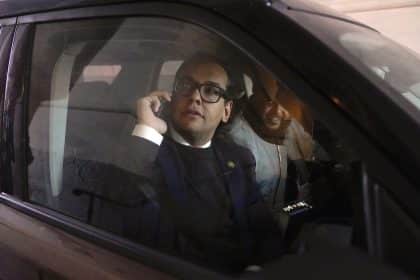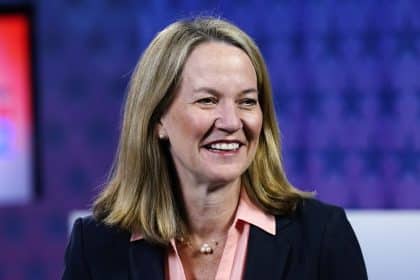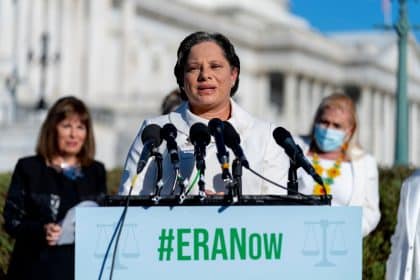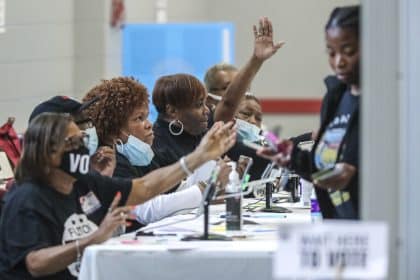As Many as 60M Mail-In Ballots Distributed for Midterms
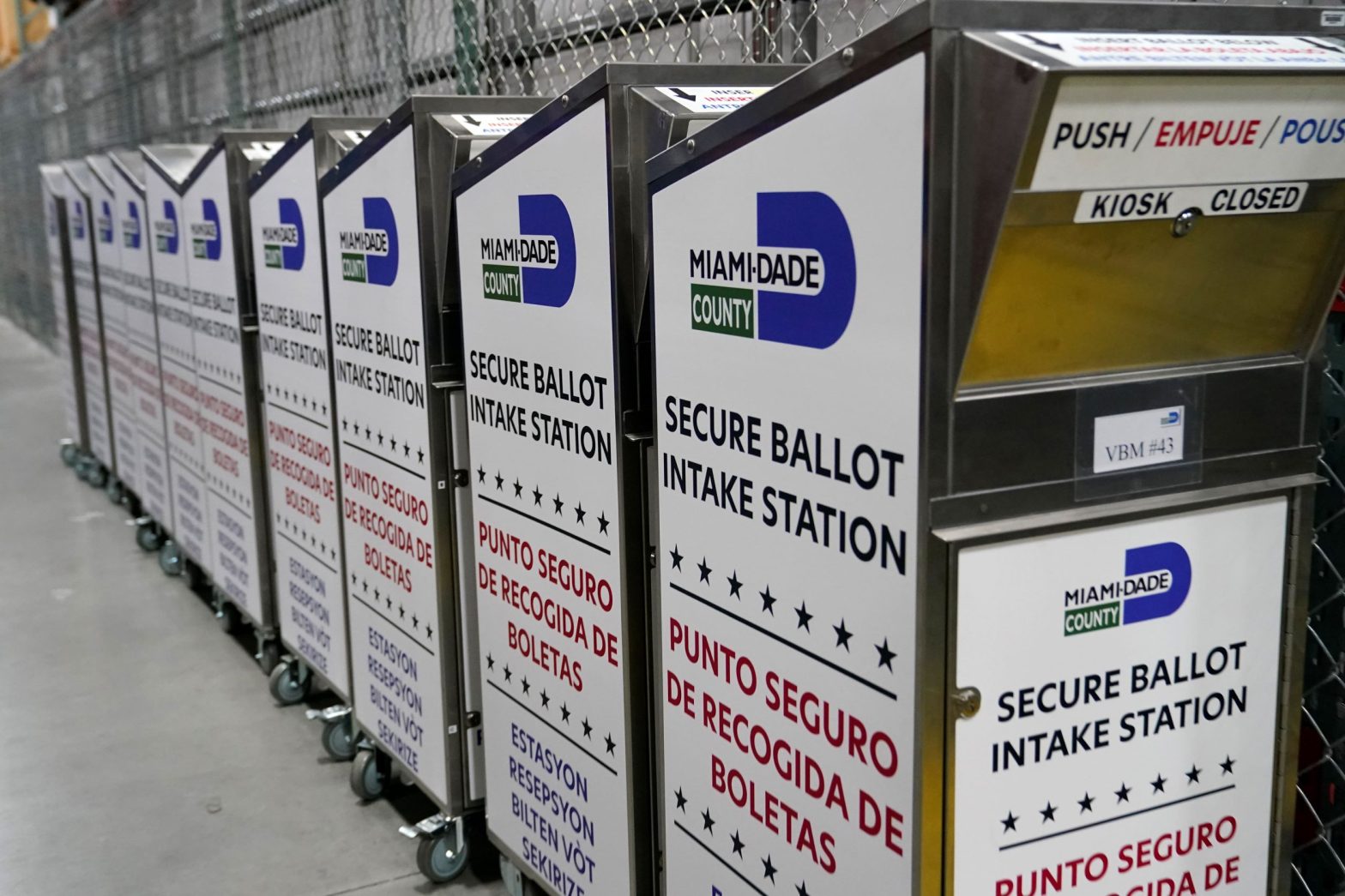
WASHINGTON — As of last Friday as many as 60 million mail-in ballots had been sent to voters nationwide, far surpassing the number mailed out during the last midterm election, according to a new analysis by a Democrat-leaning voting group.
The National Vote at Home Institute is part of Field Team 6, a coalition of lobbying and state election advocacy organizations that are pushing for the nationwide adoption of a mail-in ballot system through regulatory and legislative processes.
Earlier this month the organization launched what it calls its Mailed-Out Ballot Estimation Tracker to help election officials, members of the public and journalists, among others, better forecast the likely impact of mail-in voting on the outcome of the 2022 elections.
Based on its initial assessment, the institute itself believes that about 60 million ballots have already been mailed out to prospective voters and it is forecasting that over 42 million will be returned — roughly a 40% increase over the 2018 midterms, which occurred before the coronavirus pandemic and the related surge in mail-in voting.
According to the U.S. Election Assistance Commission, about 42 million mail-in ballots were distributed in 2018, with about 30 million of them returned.
Returned mailed-out ballots constituted roughly 25% of all votes cast that year. This year, it may hit 35%, the institute said.
The MOBET tool presents mailed-out ballot totals — and eventual return rates — in four categories:
- Nine “Vote at Home” jurisdictions, where every active registered voter receives a ballot in the mail automatically for every election.
- Six “No Excuse — Single Sign-Up” states, where any voter, through a single application, can sign up to automatically receive ballots for all future elections.
- Twenty-one “No Excuse” states, where all voters are eligible to receive a ballot, but must request them for each specific election or every year.
- Fifteen “Excuse Required” states, where most voters are ineligible to apply for a mailed-out ballot, unless they meet a specific legally accepted excuse.
The institute notes that any states where the voter must request a mailed-out ballot are not yet reporting their volume of requests, meaning the 2022 numbers will likely continue to grow over the next week or so. It also notes that for the nine VAH states, mailed-out ballot growth will primarily result from increased voter registration totals.
The institute also highlighted in a press release Washington, D.C., and four states that it said deserved special mention.
California, Washington, D.C., Hawaii, Nevada and Vermont have adopted new vote-at-home rules since 2018. The institute forecasts that they will contribute about 11 million of the expected 17.4 million mailed-out ballot increase this year.
However, the group went on to say that some states that have adopted more incremental policy changes are also major movers. These include:
- Massachusetts, which passed “No Excuse for All” earlier in 2022, is up by 10 times the amount, from 105,000 in 2018 to over 1 million today. The state also mails “absentee ballot request forms” to all registered voters.
- Pennsylvania, which passed “No Excuse” in 2018, is up almost six times the amount, from about 200,000 then to 1.2 million now.
- Michigan, which also passed “No Excuse for All” in 2018, is up by roughly 50% from 1.1 million to 1.7 million. Michigan has a citizen initiative, Proposal 2, that contains SSU on the ballot in November.
- Maryland, which passed an SSU law, is up almost four times the amount, from about 140,000 to 570,000.
On average, mailed-out ballot utilization levels are expected to end up at:
- Only about 4% of voters in the “Excuse Required” states.
- That jumps to almost four times the amount to 15% of voters in the “No Excuse” states.
- And it jumps to almost five times the amount to 20% of voters in the “No Excuse — Single Sign-Up” states.
Vote at Home’s MOBET information tool relies on official data originating from state and local election officials, some of it compiled by trusted sources including the U.S. Elections Project and Catalist.
Dan can be reached at [email protected] and @DanMcCue


















